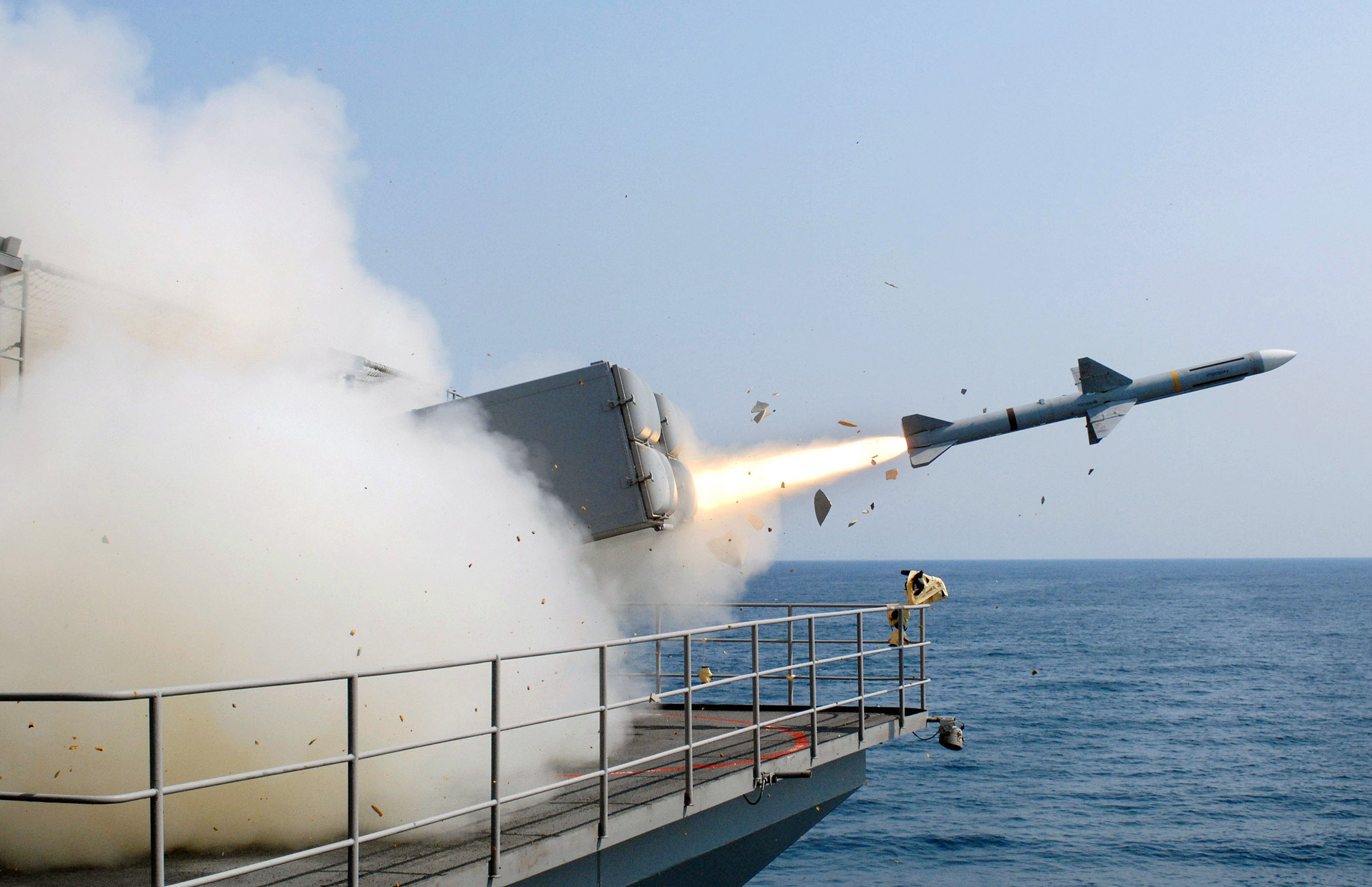The Pentagon’s $849.8 billion funding request for fiscal 2025 comes as last year’s budget request remains unpassed, a new law has imposed limits on government growth, and the White House is pleading with Congress to pass a supplemental funding bill to replenish arms stockpiles sent to Ukraine and better arm Taiwan.
The irony of submitting a new funding request when Congress has not passed a full budget for the current fiscal year was not lost on Deputy Defense Secretary Kathleen Hicks. Last year’s budget request represented “the most strategically-aligned budget in DOD history,” she told reporters Monday. “I want to highlight how devastating the failure to pass last year’s budget request is to ensuring our national defense and global security.”
The fiscal 2025 budget total is capped by the Fiscal Responsibility Act, which forced the Defense Department to make tough decisions to stay under the $868.349 billion budget cap. Leaders chose to retire older weapons such as 56 A-10 Warthogs, and pull back on new orders for the F-35 Joint Strike Fighter and new Virginia-class submarines—down to just one in this year’s request.
Bryan Clark, a senior fellow at the Hudson Institute, told Defense One the hit to procurement was larger than he was anticipating, but also the inevitable result of the rising cost of maintaining the current force due to increasing compensation and maintenance costs—particularly on more expensive items like the F-35.
“So that means the thing that has to give is procurement,” he said.
But Clark said that isn’t necessarily a bad thing for the long term, as the caps seem to be forcing the department farther from programs that are expensive to maintain.
“This should be the wake-up call that tells us we need to be buying different stuff. It’s not about continuing to buy the same things that we did in the past, because clearly they’re too expensive,” he said. “We need to come up with less expensive, more scalable alternatives.”
For several months, the Pentagon has been trying to highlight efforts to build the sorts of weapons dominating battlefields from Ukraine to the Middle East: cheap strike drones and long-range fires. To that end, the Pentagon is asking for an additional $500 million for the Replicator program, which seeks to quickly produce large numbers of cheap drones.
Clark called Replicator “a great example of the direction we need to go.”
Tara Murphy Dougherty, CEO of data analytics and decision science company Govini, told Defense One: “The Biden administration is making some hard choices with the FY25 budget, which isn’t something we often see DOD do, or do well. Reductions on F-35s and Virginia-class [submarine], in addition to the recent [Future Attack Reconnaissance Aircraft] cut show that [Defense Secretary Lloyd Austin] and team are prepared to make tradeoffs in order to continue funding modernization.”
There are also signs that the Pentagon is starting to be able to keep track of the money it receives: last month, the Marine Corps became the first service to pass an internal audit. But Dougherty said the Defense Department still must overcome poor, outdated recordkeeping, which will hinder analysis and more effective cost-cutting—especially as the Pentagon faces continued spending caps.
“The Department of Defense still has a ways to go to manage its modernization programs effectively, particularly on the data side,” she said. “If its acquisition data continues to languish in spreadsheets, the DOD will remain behind the curve. Superior programs require a modern, data-driven approach to program management—visibility from production-line capacity to supply chains—to be cost-effective and ultimately operationally available for the warfighter.”
This year’s budget request also includes money to shore up the defense industry. Hicks said it would make “an historic investment in the submarine industrial base to increase production and reduce backlogs.”
She also said “we’ll continue to work together to increase munitions investments.”
Hicks made an urgent plea for Congress to pass the President’ supplemental funding bill, which allocates more military aid for Ukraine, Taiwan, and Israel, but also features $10 billion to allow the United States to replenish stockpiles of weapons sent to Ukraine.
Said Hicks, “If we don’t get the $10 billion, we would have to find other means,” to replenish stocks that have gone elsewhere. She declined to identify what those means were.
“Right now, we’re very much focused on the need for that supplemental,” she said.





















Discussion about this post